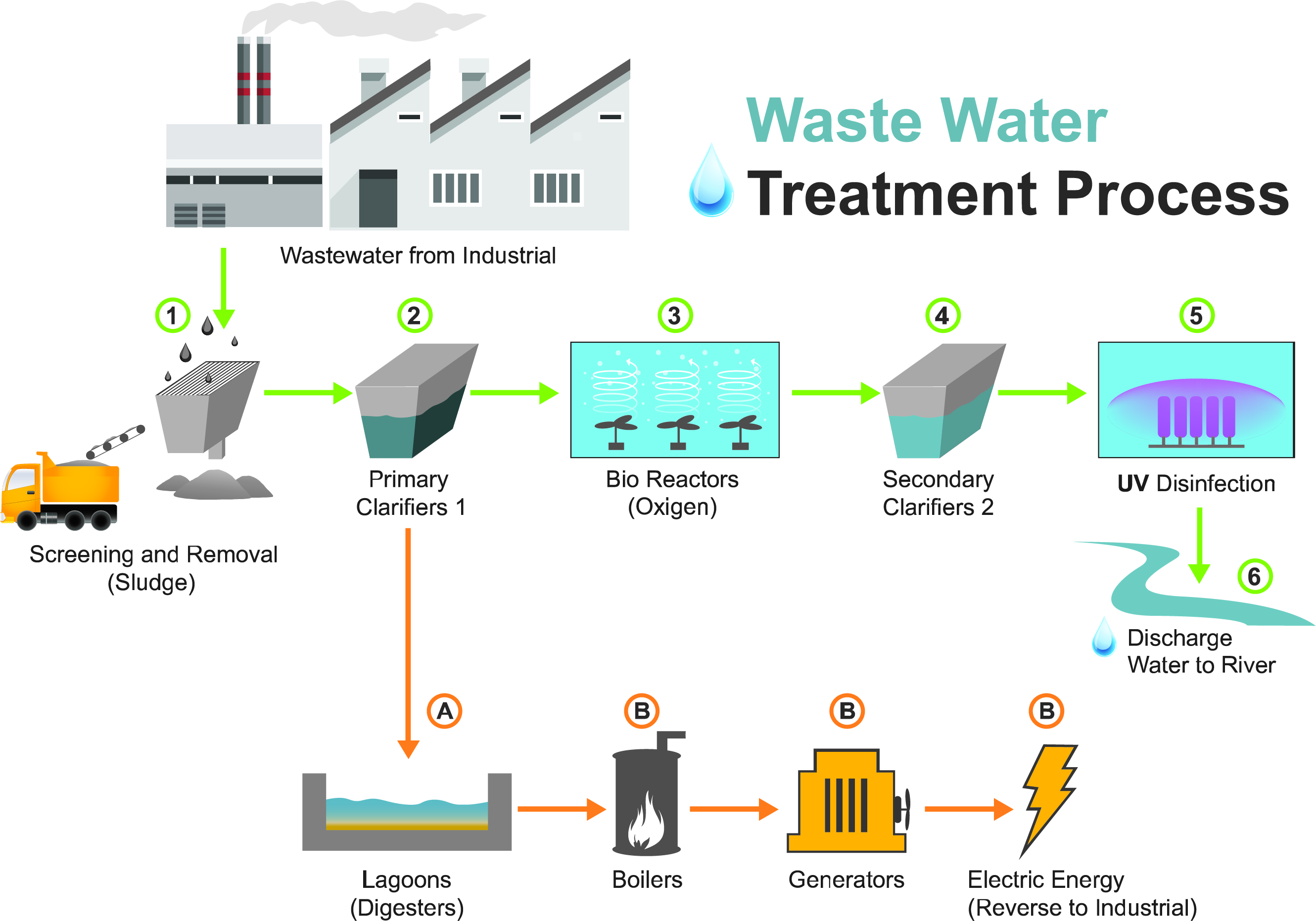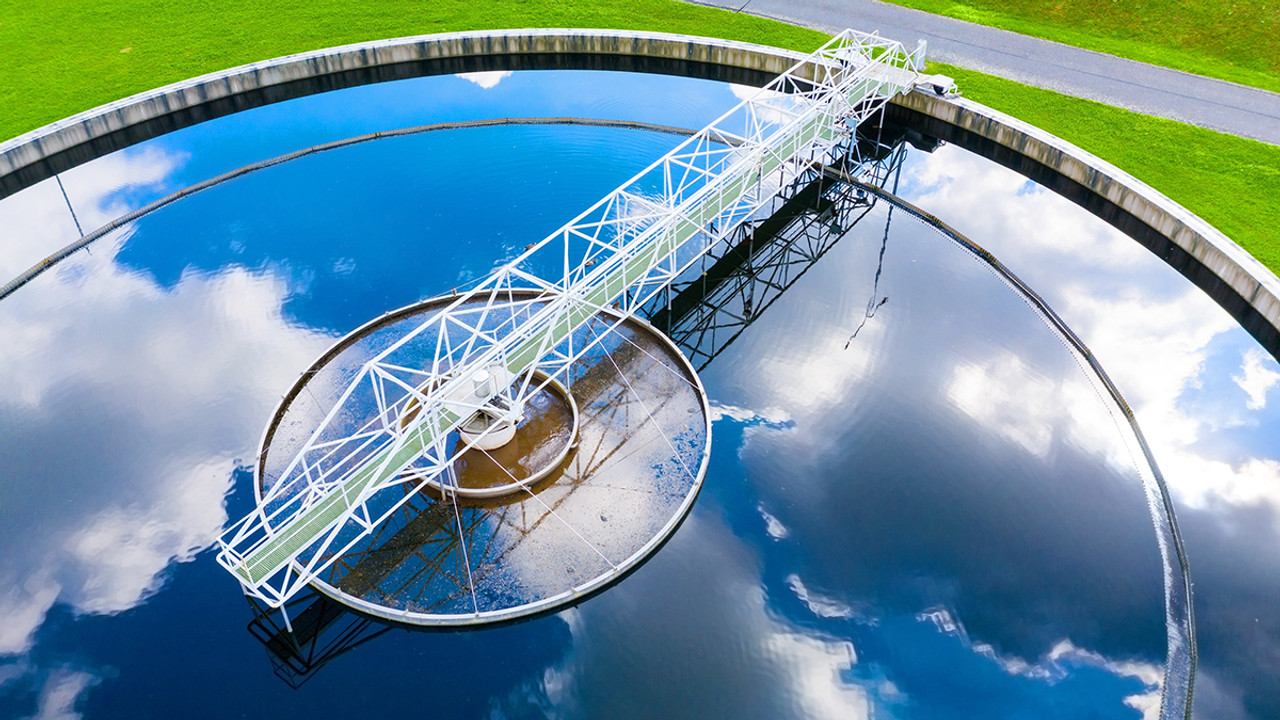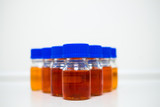Reusing Treated Water: Benefits and Risks
The collection and treatment of wastewater have played a vital role in safeguarding public health by preventing the emergence of infectious outbreaks. However, as urban populations continue to grow, natural water bodies are being pushed beyond their limits when it comes to organic waste and pathogens. To address this issue, wastewater treatment plants (WWTP) have become essential in processing wastewater to protect our communities.
How is wastewater treated?
Wastewater treatment involves a combination of biological, chemical, and physical processes to break down waste and neutralize any existing pathogens. The process begins with the separation of solids from liquids in the primary treatment, followed by the secondary treatment where microorganisms help remove organic matter and other substances. In the final step, the effluent is disinfected, transforming it into treated water ready for discharge into a natural channel.

Exploitation of Treated Water
The need for effective water management has led to an increased focus on the reuse of treated water, particularly in agricultural irrigation and domestic consumption. This practice has become common in regions like California and Australia, offering a reliable water source independent of weather patterns.
In the European Union, over 40 billion liters of wastewater are treated annually, but only 2% is reused. This low percentage is due to various barriers, including public awareness, health and environmental safety concerns, and profitability challenges.
To address these issues, the European Commission proposed regulations in 2018 to establish minimum quality standards for water reuse in agricultural irrigation, emphasizing health and environmental safety criteria.
Risks Associated with Treated-Water Reuse
The microorganisms primarily controlled at the European and national levels include E. coli, a pathogenic bacterium of significant public health importance, and Legionella spp. These microorganisms must be monitored due to their presence in surface waters and potential health risks.
In Spain, the RD 1620/2007 sets the minimum quality criteria for treated-water reuse and specific uses, detailing reference methods for the analysis of E. coli and Legionella.
However, relying solely on control of a few microorganisms can be a dangerous assumption, as the types, concentrations, and chemical profiles of pathogens vary by region and local conditions. Waterborne diseases have been a significant contributor to premature mortality, particularly in developing countries where pathogen concentrations are much higher.

Moreover, treated water used for irrigation may contain emerging contaminants (ECs), such as pharmaceuticals and antibiotics. The impact of ECs on human health and their role in promoting microbial resistance is not yet fully understood but is a cause for concern.
Microorganisms that have shown resistance to antibiotics include strains of Staphylococcus, Aeromonas, Pseudomonas, Salmonella, and Escherichia.
While the advantages of treated-water reuse are evident in ecological, economic, and social terms, the presence of resistant microorganisms in natural water bodies raises concerns regarding public health. This will likely lead to further legislative developments as new data and improved analytical techniques emerge.
At Alpha, we provide the necessary culture media for microbiological controls. Please feel free to contact us for more information on our products.








